PAPER AIRPLANES - HOW TO FOLD AND FLY
EASY TO FOLD AND CREATE PAPER AIRPLANES THAT FLY
 |
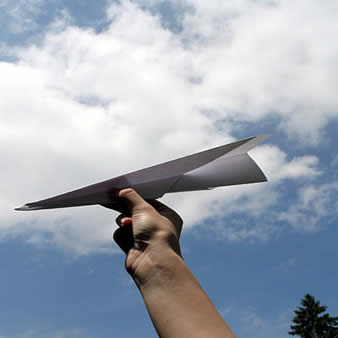 |

World record breaking paper airplane inside a Langley hangar. At the time (1992), it had the largest wingspan of any paper airplane - 30 feet 6 in.
This Paper Airplanes Page is a free page that illustrates how to make and fold unique folded Paper Airplanes that you'll find nowhere else - because these paper airplane models are original. Some are easy to build, some are advanced space shuttle paper airplanes as well aseasy to fold paper airplanes, but all are fun to fold and fly. Our Paper Airplanes page is the best place on the web to download free paper airplane designs. Each model has a template that you print right from your computer with clear, easy-to-follow directions and flying tips. All you have to do is print, fold, and fly! The planes are grouped by skill level, so there is something for everyone, from beginning flier to expert. The below Paper airplanes provide inexpensive entertainment that is also very educational. Folding planes requires attention to detail and the ability to follow directions, both great skills for children to learn. It is also a great way to learn the fundamentals of flight. The same forces that make a real airplane fly are involved with paper airplanes, just on a smaller scale. |
Download an Eastern Airlines Paper Airplane
PRINT THE BELOW EASTERN AIRLINES PAPER AIRPLANE AND CUT OUT THE DIRECTIONS WITH
SCISSORS AND YOU WILL HAVE AN EASTERN AIRLINES PAPER AIRPLANE READY TO FOLD AND FLY!
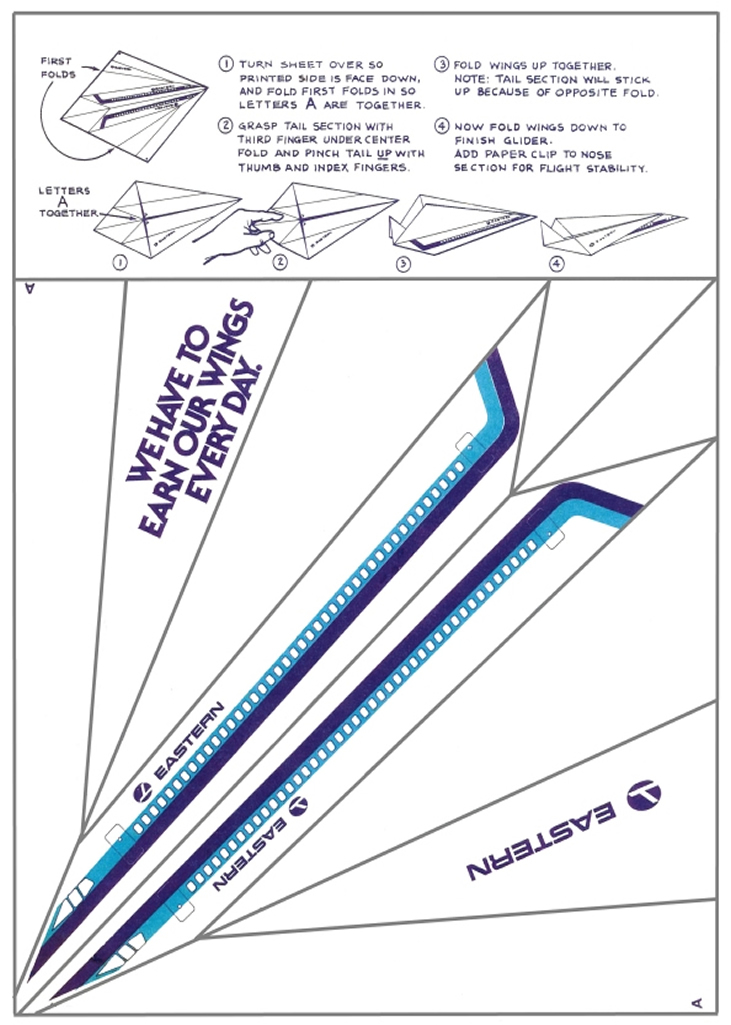
A paper plane, paper aeroplane, paper glider, paper airplane or paper dart is a toy plane made out of paper.It is also sometimes called aerogami, after origami (the Japanese art of paper folding). In Japanese, it is called kamihikōki. It is popular in Hawaii because it is one of the easiest types of origami for a novice to master. The most basic paper plane would only take at most six steps to "correctly" complete. The term "paper plane" can also refer to those made from cardboard. The world record for distance and hang time of a plane are held by Lucas Tortora, who in 2007 set the world records with 83.47 seconds of flight and a travelling distance of 34 m (112 ft). History The earliest known date of the creation of modern paper planes was said to have been in 1909. However, the most accepted version of the creation was two decades later in 1930 by Jack Northrop (Co-founder of Lockheed Corporation). Northrop had used paper planes as tests of ideas for flying real-life aircraft. Many other famous designers are known to have done this, either in the form of actual models, or else 'paper aircraft' which are numerical simulations of the aircraft design - which is another subject entirely. There have been many improvements in the designs for velocity, lift and fashion over subsequent years. Advanced Paper Gliders High Performance South African advances during 1992-1993 after the Volkskus/Paper Pilot competition However, unlike balsa gliders, paper gliders have a far higher strength/thickness ratio - a sheet of office-quality 80 gsm photocopier/laser printer paper, for example, has the in-scale strength of aircraft-grade aluminium. Card stock has the properties of steel at the scale of paper model aircraft. Accomplished engineers, and enthusiasts have found that using paper as a construction material allows, with care, for the replication of performance characteristics which can exceed those of conventional hand-launched free flight gliders, if use of engineering principles and aeronautics are included during the process of design. As a result, two distinct design sets (Ninomiya, 1969 and Mathews, 1982 : see below) have emerged, both possessing remarkable performance a full two orders of magnitude removed from conventional gliders. As far as scale-modelling goes, paper aircraft modelling has aided full scale as well as modellers. The first conceptions of scale model or semi-scale gliders appeared in the "Great International Paper Airplane Book", 1967. Design of paper models is an attractive pursuit, as design of wings and other surfaces can be completely in-scale by tracing flight surfaces with precision. Further, CAD software can be used in plotting the shapes of wings, tailplanes and other compnents for easy reproduction of parts for assembly. With care, it is even possible to colour in a model airframe before construction commences, or print patterns upon it during the process of reproduction. During the second world war a peak was reached with flying card models, where rubber powered fighters were produced. This peak has been reached many times since then for scale model paper aircraft.Care in construction can produce flying models which are superior in strength and lightness to balsa and foam models, so that micro radio-control and electric power may be employed in these airframes. Larger scale construction with corrugate cardboard, re-inforced with other materials is another option to radio-control models desiring inexpensive 'disposable' airframes. White Wings White Wings are a stark departure from conventional paper aircraft, in that their fuselages and wings are paper templates cut and glued together. They were designed with the aid of low-speed aerodynamics, and their parts are drafted with the use of CAD software. The high performance gliders have fuselages that are kept rigid by the use of a balsa fuselage profile bonded to the paper components. The paper used is quite heavy, approximately twice the weight of standard drawing cartridge paper, but lighter than lightweight cardboard. Original White Wings were entirely paper, requiring patience and skill. Later however, balsa-wood fuselages were used, and White Wings were sold "pre-cut", making construction easier. The aerofoil used is a Gottingen 801 (curved plate), and a pattern is supplied as a cutout part of each kit. Paper Pilot The performance of the Paper Pilot gliders is almost equivalent to that of the Ninomiya gliders - but one of the first designs, a profile model of the SAAF C-160Z Transall, has a gliding distance of greater than the length of a rugby pitch. The early gliders were designed to incorporate a catapult hook shaped from a paper clip. Later designs (And upgraded early designs) incorporated the addition of a bungy hook, permitting extremely long distance flights. A remarkable characteristic of the Paper Pilot gliders are their ability to be flight trimmed - to the point of being able to fly straight in confined spaces, which few modern paper gliders can do. E.H. Mathews designs then developed in '12 Planes for the Paper Pilot' (Struik, 1997) into aircraft with three dimensional fuselages - models included the J-3 Piper Cub, Beech Stagger-Wing Biplane and Britten-Norman Trislander (a subject of a high performance flat glider earier in the series). E.H. Mathews authored a commemorative model of the SAAF Junkers Ju-52/3m 'Johan van Riebeek' in 1999, and an as-yet unreleased model of the Airbus A-320 airliner in South African Airways colours, seen on the SABC youth TV program 'Tekkies' in 1998, as a prototype. The most astonishing glider developed by Prof. Mathews was the Papercopter - a free-flight paper model helicopter, with a rotationally stablised ring-wing as the flight dynamic element. Three variants were developed - the standard Papercopter of 1991, the Airwolf (1993) and the Stealth helicopter. Paper Helicopters (Autogyros) The world's first known published forward gliding paper autogyro with forward pointing body lifted by spinning blades was built by James Zongker. It appears on page 53 of "The Paper Airplane Book: The Official Book of the Second Great International Paper Airplane Contest" published in 1985 by Science Magazine. Its twin contra-rotating blades automatically spin on paper axles upon launch to provide lift. As noted above (see entry, Paper Pilot), E.H. Mathews developed a flight stable paper model helicopter. This has a ring wing, and flaps for adjusting for flight for stability, positioned on the inboard edge of the ring. While not an autogyro per sê, this paper model aircraft class falls within the general design of a paper model helicopter, and does possess a rotational flight element producing lift during forward flight. Papercopters, as Professor Mathews labeled them, are unique among paper model rotorcraft in having a range and velocity far in excess of all other classes, able to fly quite quickly, and with a range of between 10-15m. South African Advances post-Paper Pilot The prize winner built a 1/20th scale Boeing 747 which was able to fly for the comparative length of 1 football pitch, with a glide ratio of 1/15, comparable with a full scale glider. The winner of the scale competition was a high performance model Mirage III CZ, also with a very long glide ratio due to a high wing loading. (SABC Television News, June 1993) The comparative mastery of South African paper designers is the result of the economic sanctions the country endured through the Apartheid period, where balsa wood became a very expensive resource. Paper was not, and interest in flight remains a strong hobby in South Africa. Paper is very cheap, as are paper clips and pins, the elements of complex paper aeroplanes. South African supermarkets also sell Bostik Clear Glue, which is a high-speed clear-set glue, that allows quick protoypes of comparatively complex forms. Wing design in South Africa is remarkably mature - corrugated paper spars, and true aerodynamic sps, swing-wings, functional wheels and numerous refined forms. |
 |
 |
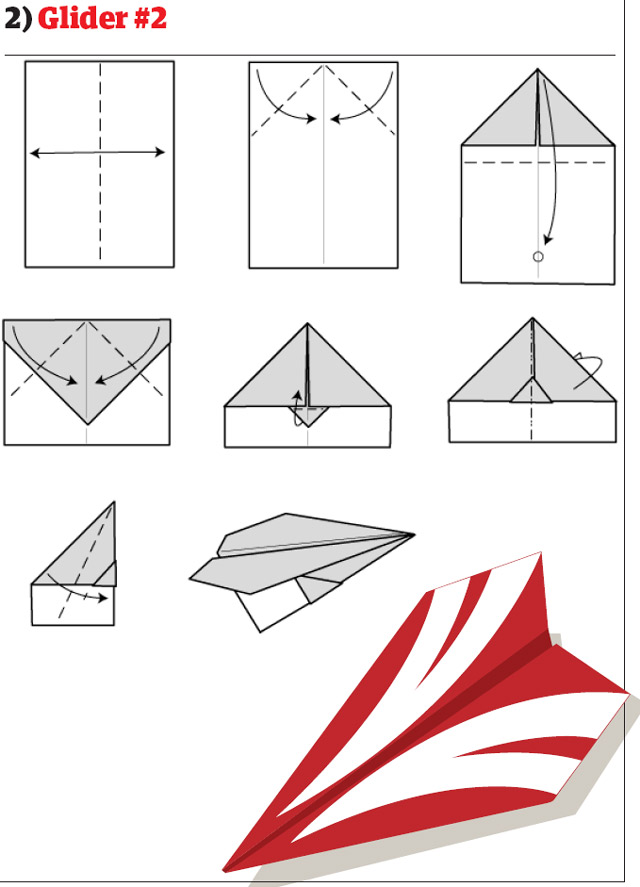 |
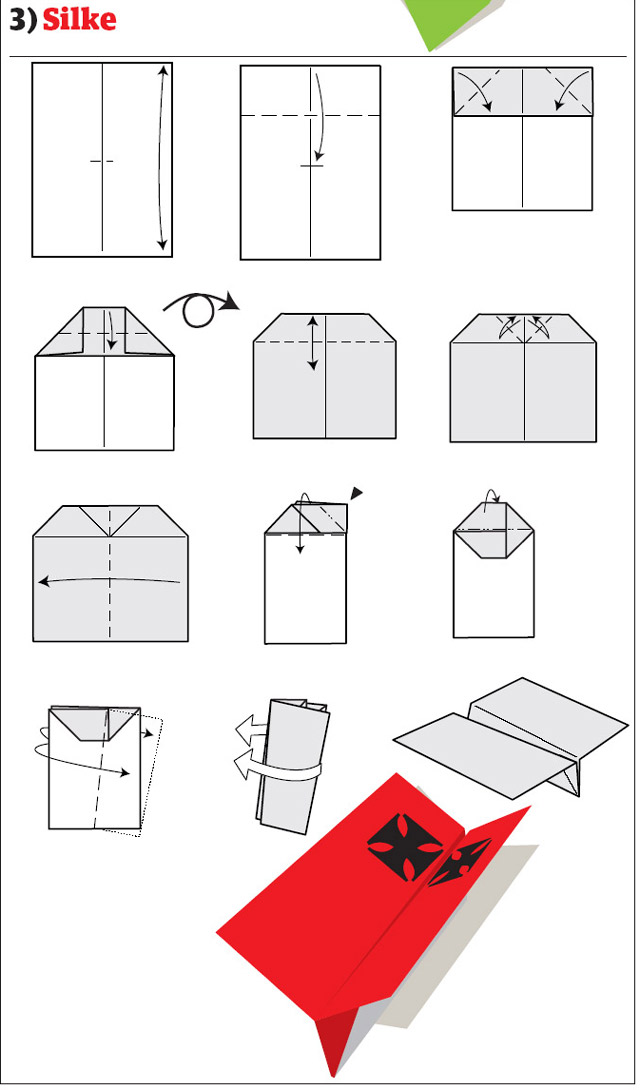 |
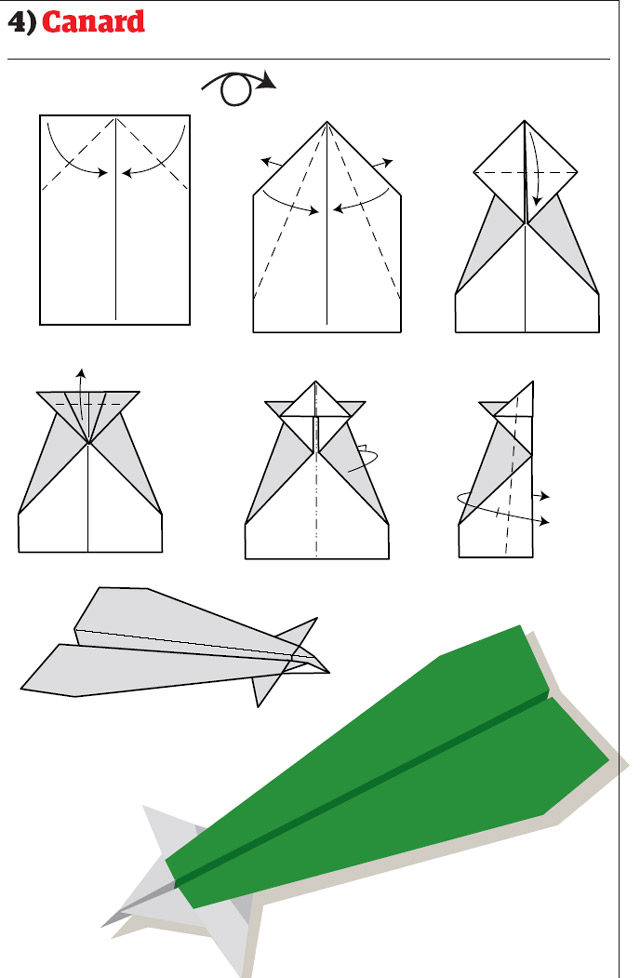 |
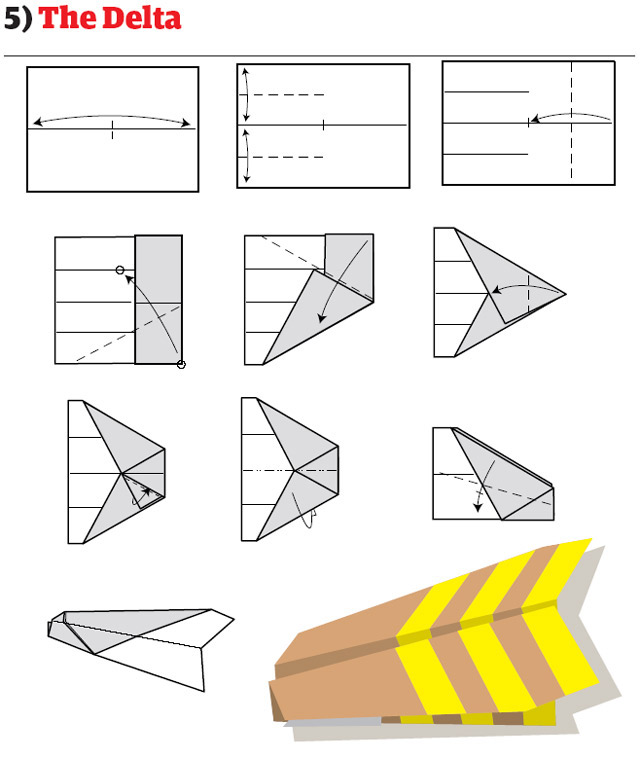 |
 |
 |
 |
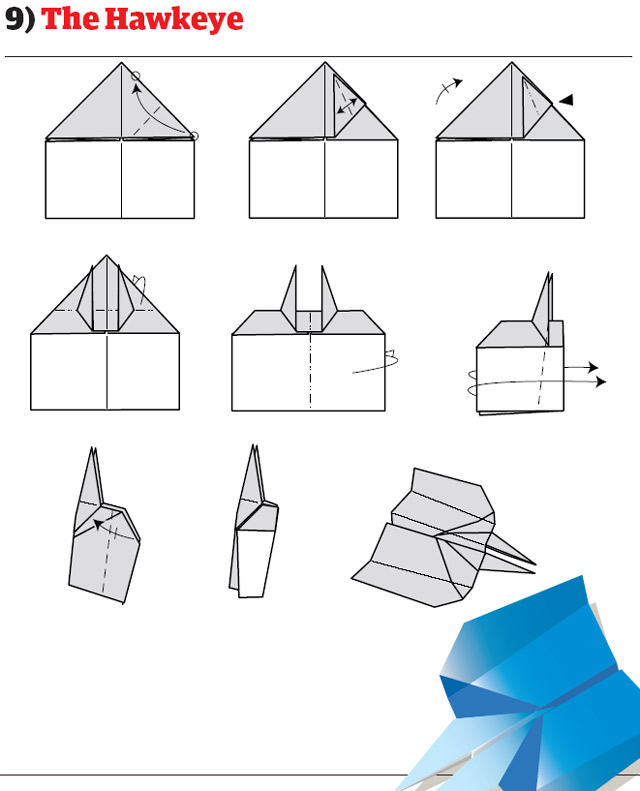 |
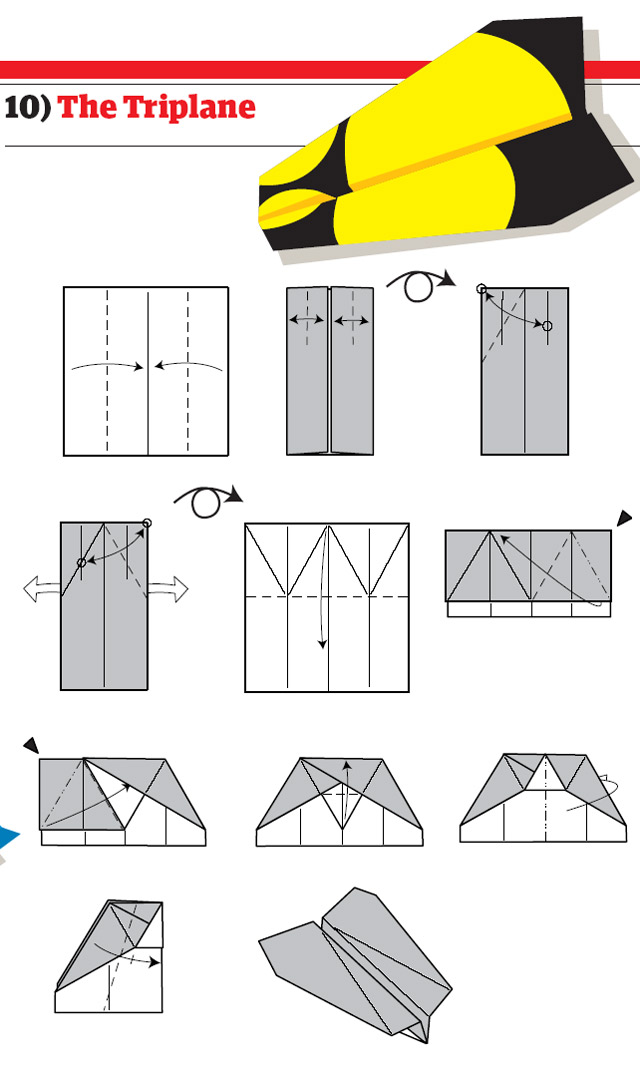 |
 |
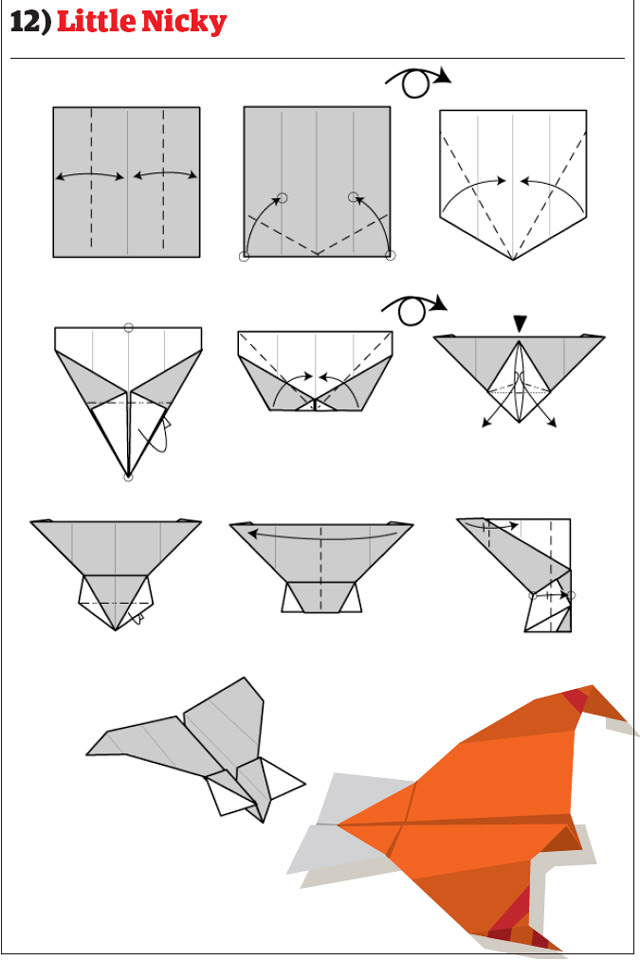 |
 |
© AviationExplorer.com - The Website For Aviation Enthusiasts |





